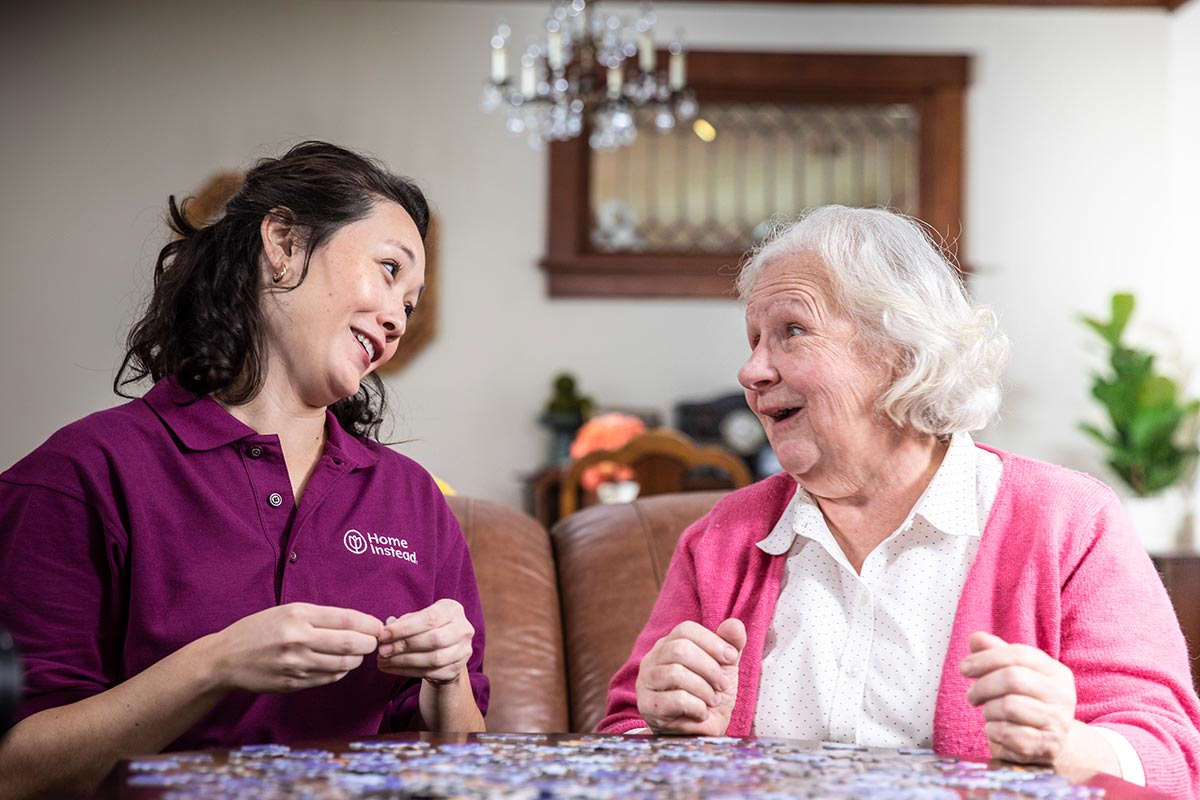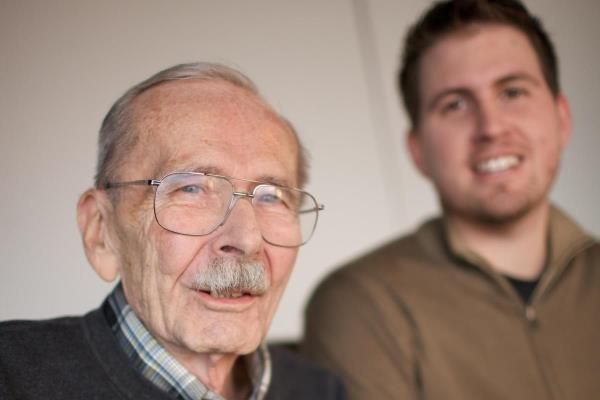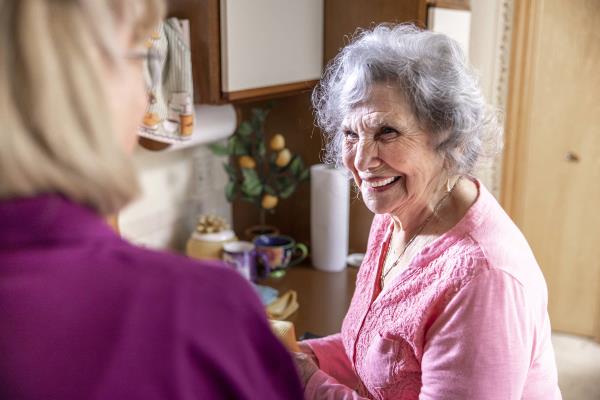Home Safety Resources for Alzheimer's Caregivers
A diagnosis of Alzheimer's disease or other forms of dementia doesn't have to mean losing independence and freedom. In fact, up to 70 percent of individuals with Alzheimer's in the North America are currently living in their own homes. However, it's crucial to ensure that the home environment is safe and secure for those with memory care needs to age in place.
To begin with, adapting the home environment to support the changing abilities of someone with Alzheimer's is crucial. This can include using child-proof locks and doorknob covers to lock or disguise hazardous areas, installing safety latches/locks on doors and fenced/gated exteriors, and placing alarms on doors. It's also essential to store car keys in a locked container such as a lock box or safe, remove clutter, and unnecessary furniture to prevent tripping.
Home Instead reports that 65 percent of older adults' homes have at least one potential safety issue. Therefore, it's crucial to use helpful tools such as a home safety checklist with a room-by-room guide. With minor adjustments such as installing adequate lighting or removing long electrical cords obstructing walkways, caregivers and families can help their loved ones feel more confident living at home for longer.
It's also important to re-evaluate home safety measures regularly as the disease progresses. Spending time with video series addressing general home safety and specific rooms such as the kitchen and bathroom and issues such as wandering can be helpful as well.
Here is a room by room safety checklist:
The Bedroom
It’s important that beds are at a safe level for older adults to avoid fall risks. Bed height is too low if a loved one’s knees are above their hips when sitting on the bed. Consider placing bed risers under the bed legs to add height. Contrarily, a bed’s level is too high if an older adults’ legs are not touching the floor while they sit on the edge of the bed. You can remove the bed frame or use a lower profile mattress to lower the bed’s height.
The Bathroom
Adding grab bars near showers, bathtubs and toilets is a simple way to prevent falls and other accidents. Browse online or at a medical supply store for various options to reduce any accessibility risks. Installing a toilet seat riser can also aid in getting on and off the commode easier.
The Living Room
Regulating body temperature can be more difficult for aging adults. Ensure open spaces are properly heated during colder temperatures and check thermostats throughout the home.
Have a professional install lock-in switches on thermostats to control the temperature and help prevent furnace fires. Additional solutions include heat-control window film, thermal curtains, or solar shades.
The Kitchen
It’s important that the kitchen has proper lighting, especially when older adults are cooking or baking. Light wattage should be increased to allowable levels. Many options exist for under-counter lighting, such as battery-operated pucks. An electrician can help with questions about under-counter or overhead lighting. Creating easy access to frequently used items is also vital to avoid heavy lifting or the use of step stools. Consider storing heavy items on the counter or hanging pots and pans on the wall.
The Dining Room
After a few years, it’s important to check that furniture is still sturdy and safe. Check to see if chairs have wobbly arms or legs and are the proper height for older loved ones at the table. If repairs are needed, locate a furniture repair service representative, or consider upgrading to a new set.
The Basement
Regularly traveling up and down stairs, especially if steep, can introduce dangerous fall risks. To avoid this, consider reducing the need to visit the basement so often by moving laundry, storage or other important items to the main floor.
By prioritizing safety and being proactive about making these adjustments, older adults will be able to remain independent and protected at home long into the future. With these measures in place, individuals with Alzheimer's can maintain their independence and stay safe in their own homes.
If you are concerned about your or a loved one's ability to stay age in place, we encourage you to reach out to us at Home Instead Calgary anytime! Our team would be appreciate the opportunity to help explain how we can keep your loved on in their Home.
Home Instead Calgary, AB is a member of a network comprised of Home Instead, Inc. and its parent company, Honor. With the world’s largest home-care network and the most advanced care platform, Honor and Home Instead are revolutionizing care for older adults, their families and Care Pros. Combined, the network has more than 100,000 Care Pros across 13 countries, meeting the growing needs of millions of older adults and their families worldwide. Our offices serve all of the Calgary area. All Home Instead Care Professionals are screened, trained, bonded and insured. For inquiries about employment, please call (403) 984-9225 or apply online. For further information about Home Instead, visit our website.



